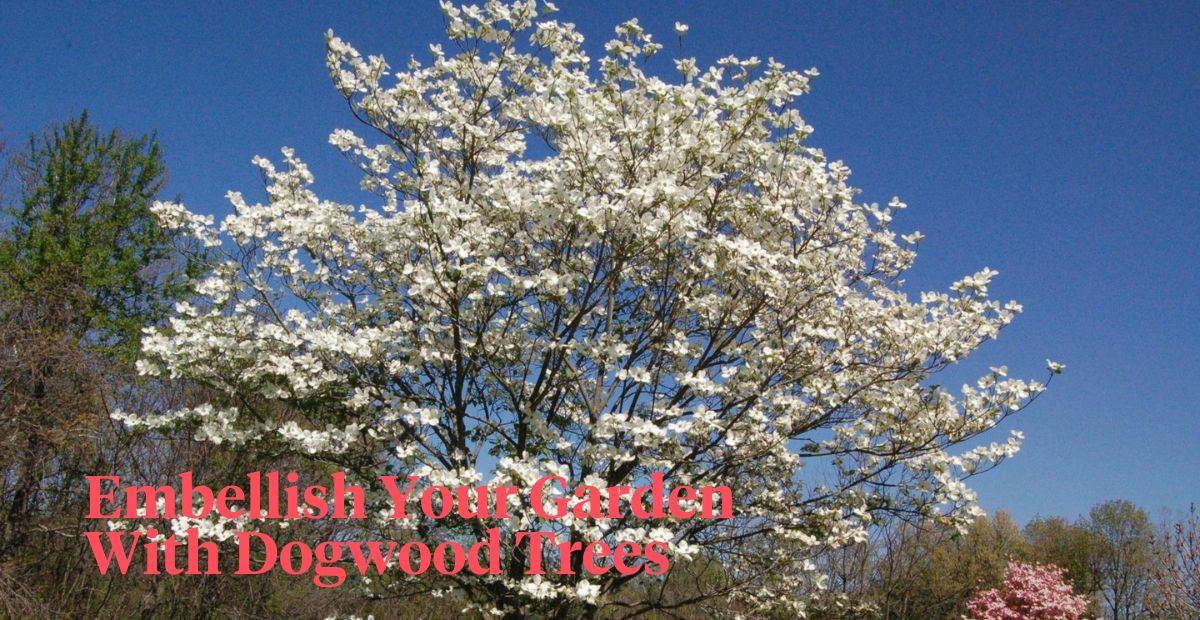The dogwood tree is one of the most popular in America and the reason why people love it so much is because it's a four-season beauty. Displaying various impressive colored leaves, the dogwood tree is bound to impress you for sure. Why? You're about to find out.
Dogwood Tree #1 Most Popular Tree in America
Dogwood trees are among the most popular decorative trees among homeowners. The dogwood tree (genus Cornus) has cultural and historical importance in various societies, particularly in North America. Its story is intertwined with folklore, symbolism, and even religious significance.
The dogwood tree is associated with various legends and myths. One legend tells of how the dogwood tree was once tall and robust, but after being used to construct the cross upon which Jesus Christ was crucified, it was cursed to become small and twisted. Another legend tells of a Native American princess who transformed into a dogwood tree to escape captivity, and her spirit is said to inhabit the blossoms of the tree.
Beyond its religious and mythological symbolism, the dogwood tree is admired for its beauty and resilience. It is often celebrated for its white or pink blossoms, which typically bloom in the spring and are a welcome sight after the winter months. Dogwood trees are commonly planted in gardens, parks, and along streetscapes for their ornamental value.
Dogwood Tree (Cornus Florida) Is an All Season Tree
After learning some information about the dogwood tree, taking care of these attractive trees becomes simple. In spring, these native trees which grow only to 20 to 30 feet, explode with white (or sometimes pink or red) bracts centered with small clusters of yellow flowers, shouting that winter is finally over.
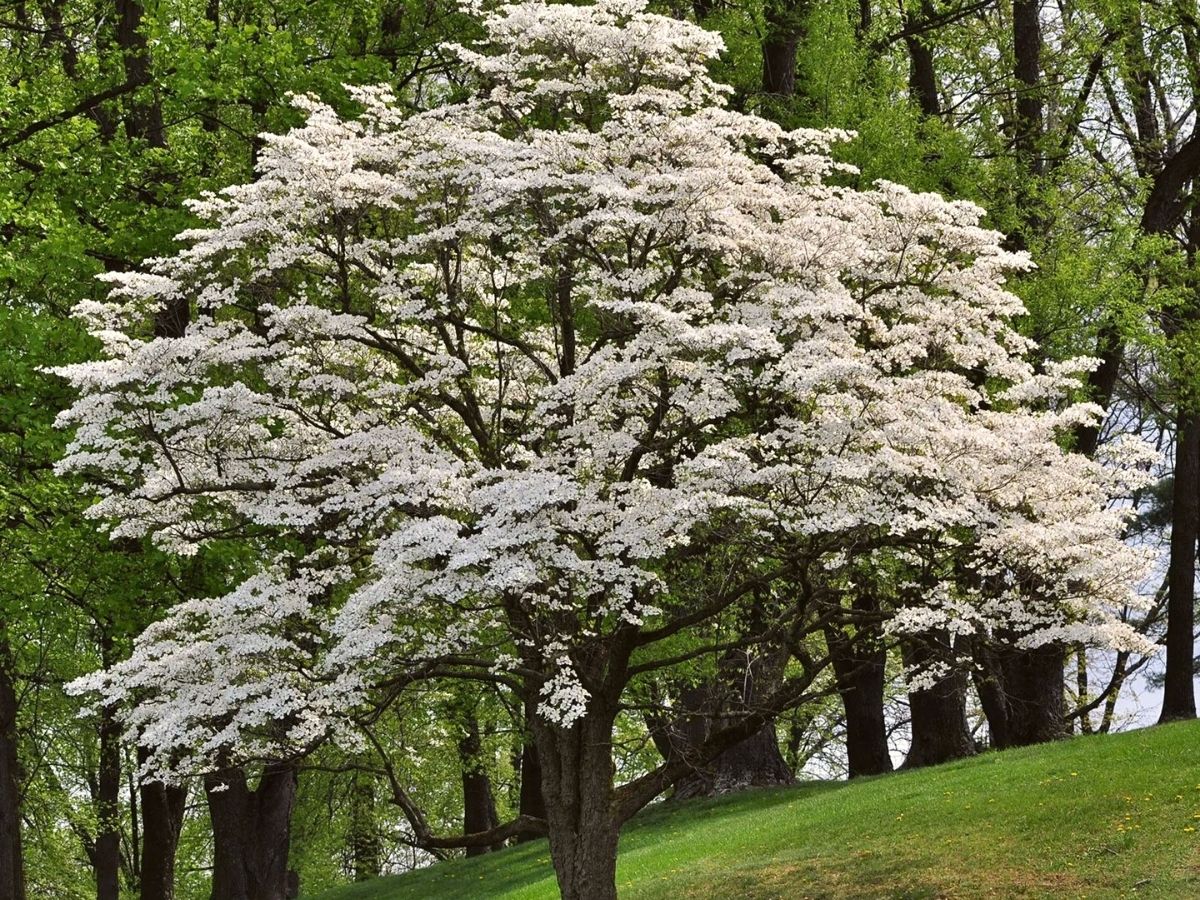
During the summer, their blossoms give way to light green leaves that provide welcome shade. And in autumn, that foliage turns a stunning deep red before falling, leaving a handsome skeleton with alligator skin-like bark in winter.
Over Fifty Species of Dogwood Trees
The "Cornus", or "Dogwood" genus has more than fifty different species. These plants range greatly from shrubs to evergreens and deciduous temperate trees. The flowering dogwood tree is one of the most popular species and the one you've probably heard about. Stated as the official tree of Virginia, the flowering dogwood is known for its striking white to light yellow spring blooms.
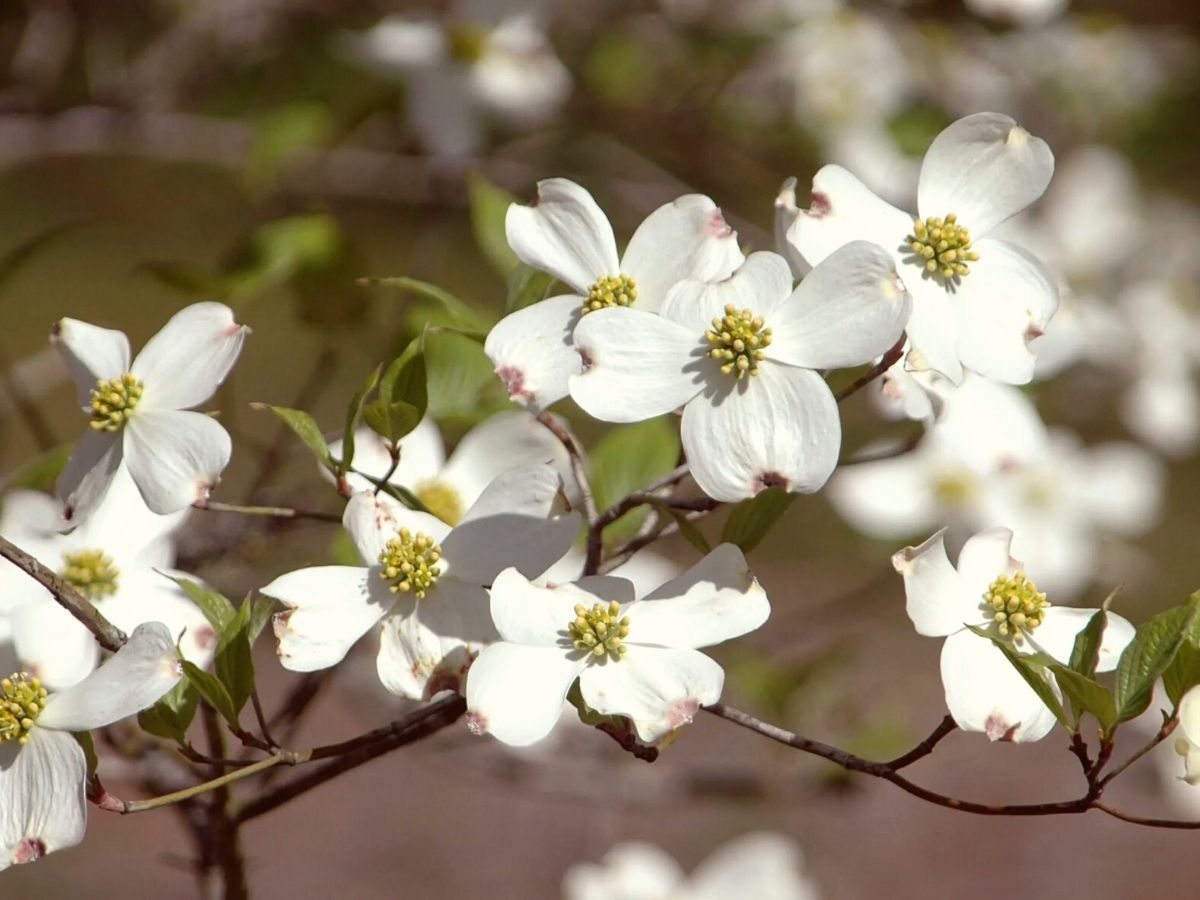
Other species can differ greatly from one another. For instance, the California native Blackfruit Cornel has tiny yellow-green blossoms and a fruit that turns black when ripe, hence its common name. There is a dogwood tree to meet your needs, whatever they may be.
Best Dogwood Trees to Have in Your Garden
According to garden specialists and professionals who love soaking their gardens with stunning trees, these are some of the most known and planted dogwood trees, and let us tell you they are splendid.
1. Flowering Pink Dogwood Tree
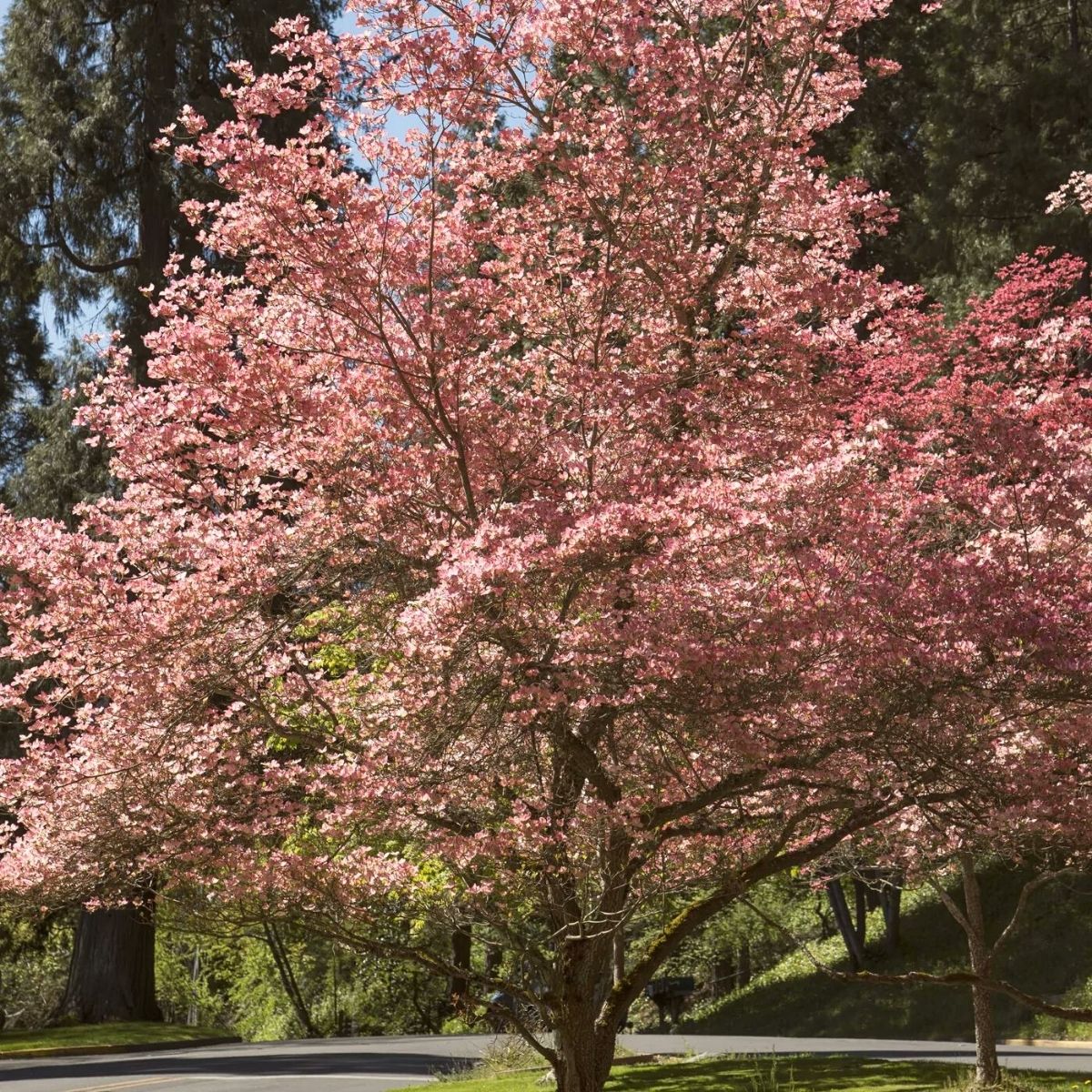
2. Cherokee Princess Dogwood Tree
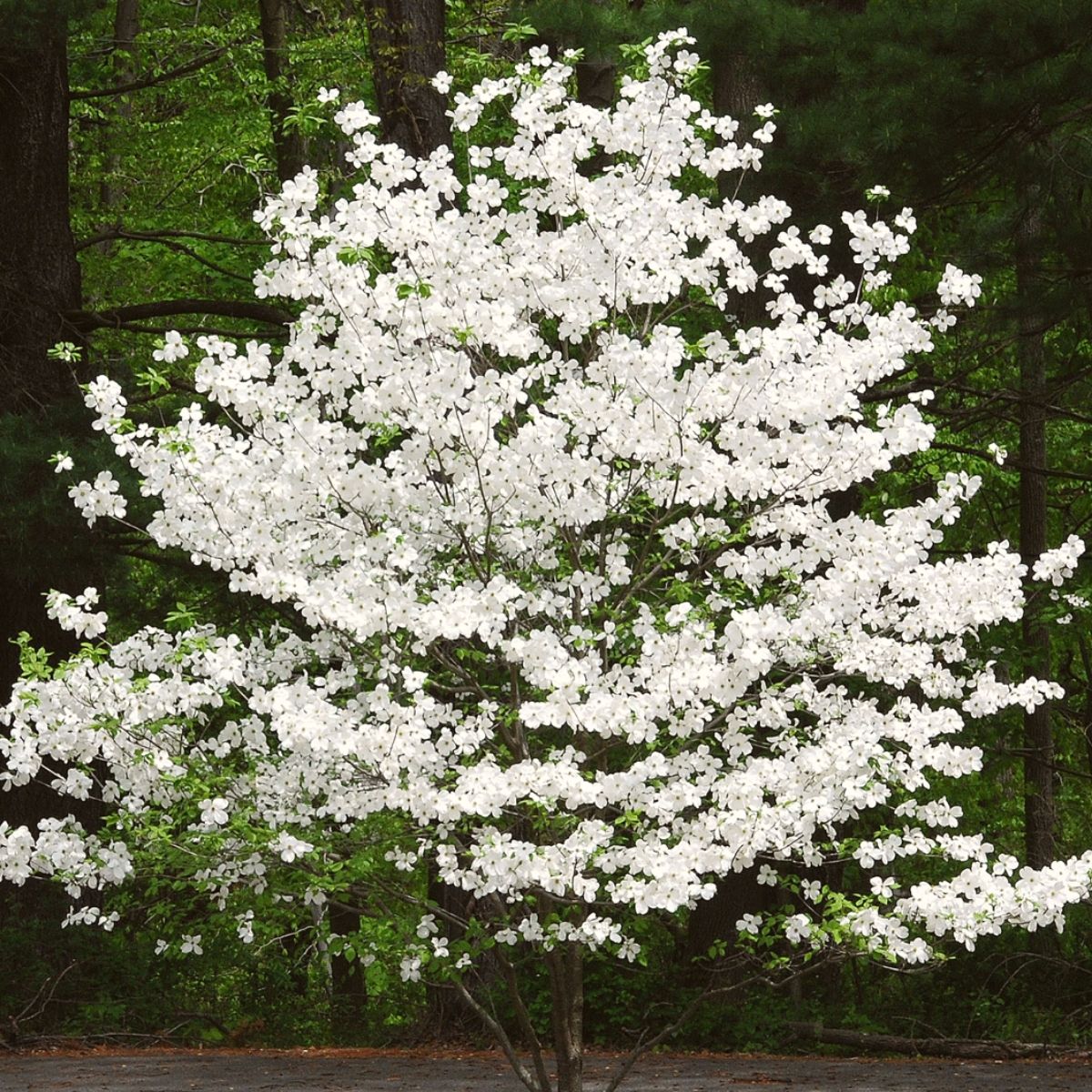
3. Flowering White Dogwood Tree
.jpg)
No matter which dogwood tree you choose, your garden is in for a real voluminous and colorful treat with these. Imagine waking up every day and seeing the beautiful leaves of your dogwood right in front of your window. It's a tree that'll cheer up any day!
All the Perks to Care for Dogwood Tree
The dogwood tree must be planted in well-drained, acidic soil. They are not heavy feeders, but you can improve performance by furnishing at least moderately fertile ground for them.
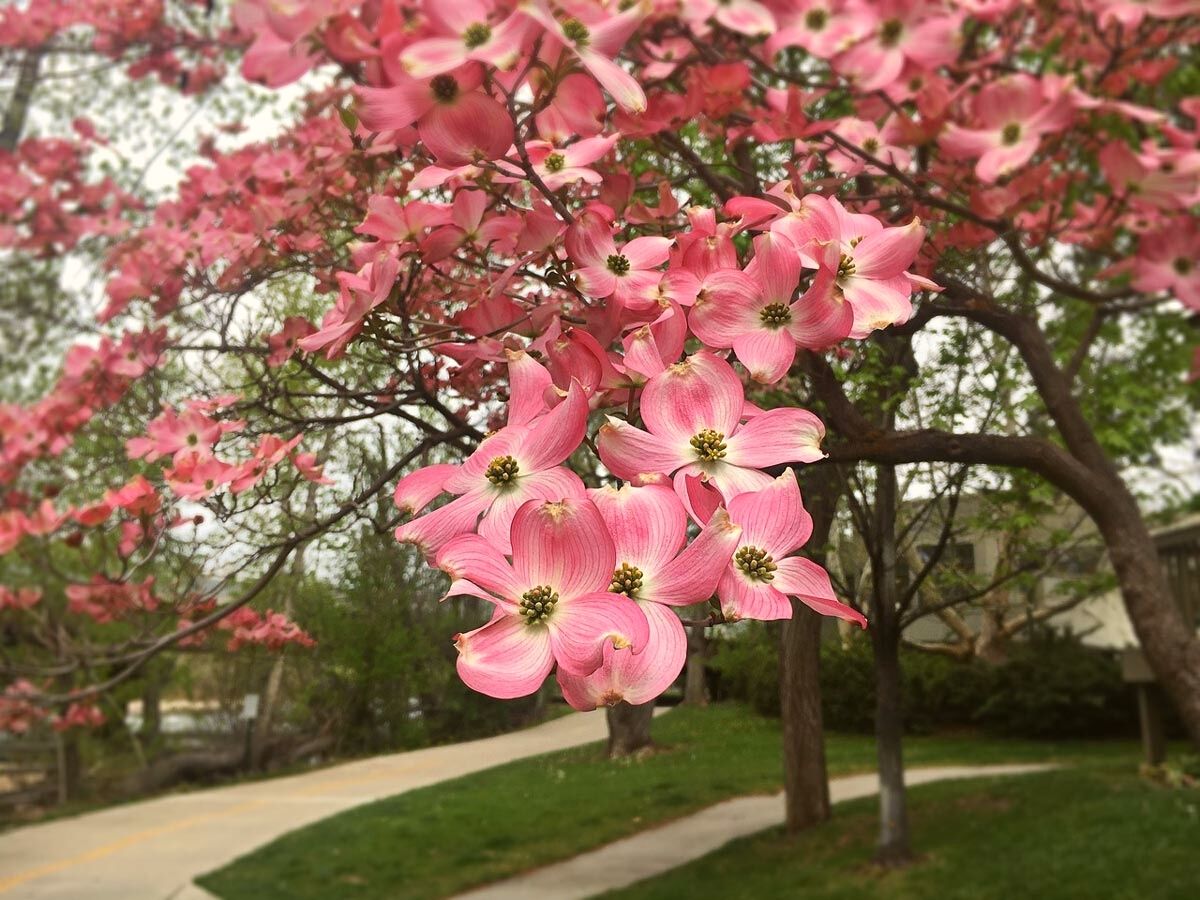
Since the dogwood tree is an understory tree in the wild, it is best to grow it in spots that receive partial shade in the landscape (particularly in hot climates). However, some homeowners choose to cultivate dogwood trees in full sunlight and can be successful as long as you give the plants enough water. By adding a few inches of mulch throughout the warmest part of the summer and the beginning of fall, you can help the soil retain moisture and safeguard the tree's root system.
Soil
Dogwoods prefer partial sun and nutrient-rich, well-drained soil. Good drainage is by far the most crucial aspect of the soil for dogwood trees to fully thrive and grow to be immense beauties.
Light
Because they grow in nature as understory trees, they prefer afternoon shade to shield them from blazing sunlight. If they get too much sunlight, their most beautiful characteristic- aka their leaves- will get dried out rather quickly.
Fertilizer
It is imperative that you amend your garden soil if it is poorly drained, deficient in organic matter, or otherwise not ideal for dogwood trees. Dig a deep hole and lightly amend the natural soil with compost. To preserve the soil's roots and "feed" it, cover the area with a thick covering of natural tree leaves.
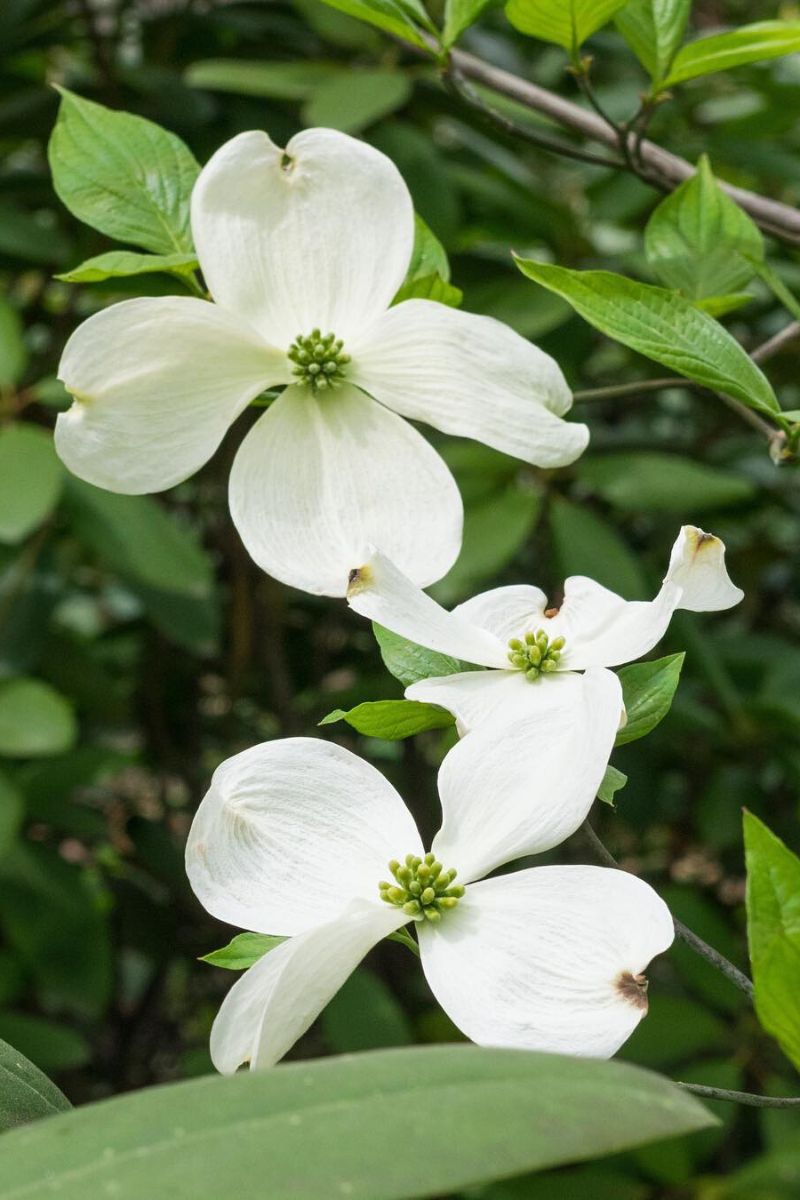
During the first summer, make sure to water the area thoroughly but sparingly. Once established, the dogwood tree enjoys a light feeding in the spring and at least one slow, deep soak every month during the dry weather.
Watering
Water your newly-planted dogwood tree until it is well-established and mulch to help your tree retain moisture. And because their roots are shallow, dogwoods benefit from extra water during periods of drought.
Pruning Dogwood Trees
Late fall or winter when the dogwood tree is dormant is the best time to prune. Most arborists recommend pruning dogwoods to improve their vigor and structure. If you carefully follow all the care handles provided, trust us, you'll have a stunning, striking, and majestic dogwood tree in your garden.
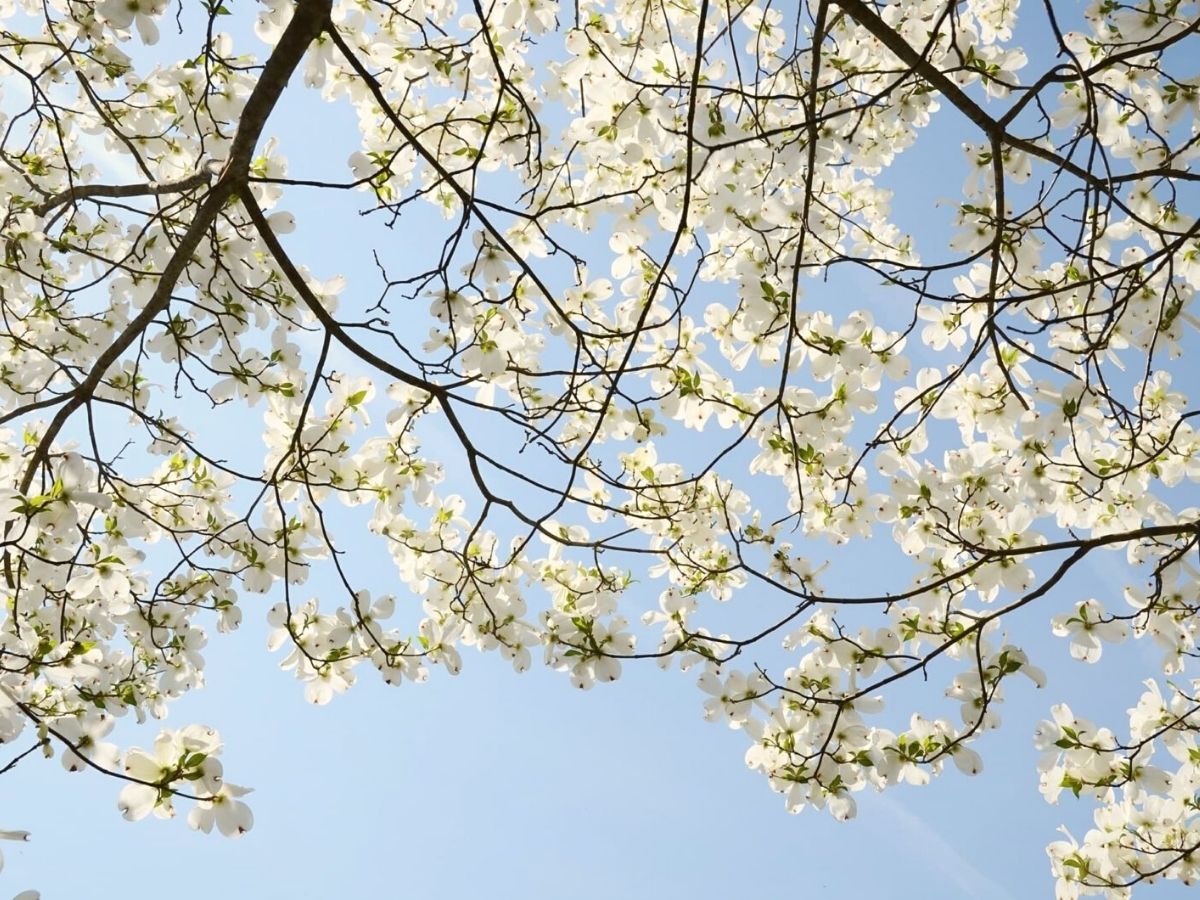
Traditional and Modern Uses of the Dogwood Tree
The hard wood found in the tree trunk was used to make weaving shuttles and golf club heads. Nowadays, the wood found in dogwood trees is popularly used to create specialty products such as spools and jewelry boxes. Root, stem, and twig bark were used as a native substitute for quinine, which was a component that helped many with night leg cramps. Last but not least, Native Americans made an infusion from the flowers to treat fevers and colics.
Dogwood Tree Care - Disease and Pests
Applying a fungicidal spray and horticultural oil to dogwood trees in the spring can help avoid insects and diseases, while powdery mildew and aphids can be an issue. An unattractive fungal condition called powdery mildew normally doesn't kill a tree, but it likely weakens it until another insect shows up and causes the damage.
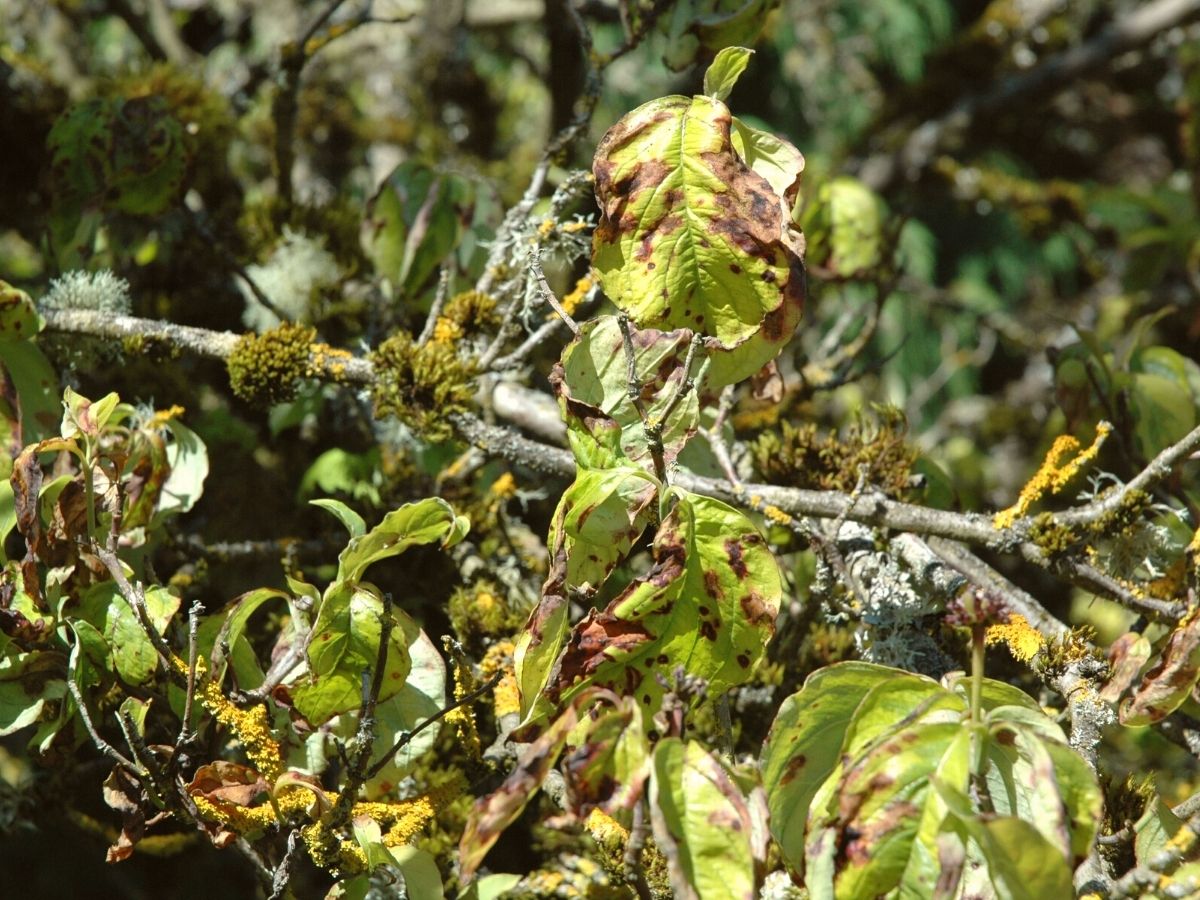
Planting trees where they will get morning sun and adequate air circulation will help prevent the dogwood anthracnose fungus, though it is not as serious of a problem as it was a few years ago.

